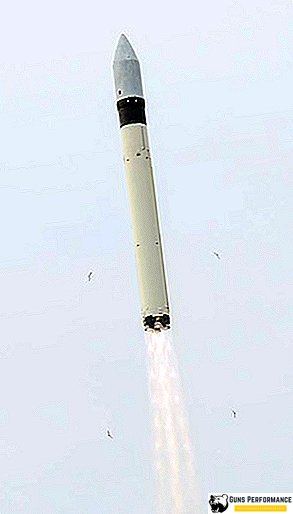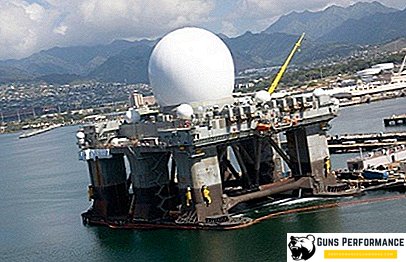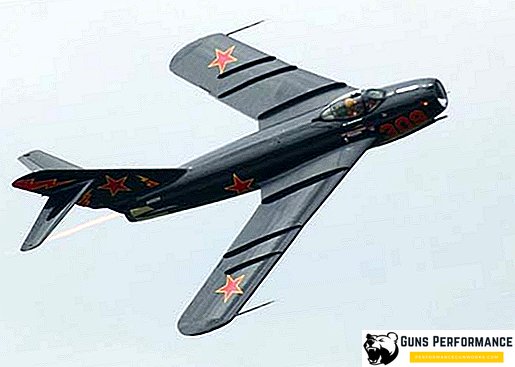The Tu-154 is a narrow-body medium-range jet passenger aircraft. It was developed in 1968 by the experimental design bureau of Tupolev.
Salon overview and layout of the best places
The passenger cabin of the Tu-154 is able to accommodate from 150 to 180 passengers. The number of seats depends on the model of the aircraft, as well as the layout of the cabin (in particular, the number of classes).

On the Tu-154 cabin scheme provided, there are business and economy class, which have a number of differences. The business class is bordered by the cockpit and crew accommodation at the front and economy class at the rear. Its seats are equipped with softer seats, and the distance between them is longer, which provides somewhat greater comfort for passengers. The most convenient for the business class are places located in rows 2 and 3, especially those located by the windows. The places of the first and fourth rows (according to the scheme) will be less successful due to their close location to the toilets and the partition connecting to the noisier economy class cabin.
Economy class is located right behind the business class. Its places are located according to the scheme "3-3" and have a narrow passage in the middle. The best in the economy class cabin are seats 11 and 19 rows (according to the scheme) due to the greater legroom. The least successful places are 28 rows. This is due to their proximity to the toilets and bursts of passengers that can occur at certain hours.

The history of the creation and operation of the Tu-154
In the early 60s of the 20th century, Tu-104, Il-18 and An-10 were used as passenger planes in the USSR, which tightly occupied this niche. However, at that time their obsolescence and lag in speed, reliability, passenger capacity, payload and economy from passenger liners produced in the west became clear. It was this fact that led to the idea of creating a new passenger aircraft that could compete with the western Boeing 727 and secure orders for a new car among the countries of the socialist camp.
Initially, two models took part in the competition for the creation of a new passenger liner: the Tupolev Tu-154 and the Ilyushin Il-72. However, soon the project of the Ilyushin design bureau was recognized as inexpedient, and the Tu-154 lost its main competitor at that time.
Development of the aircraft began in 1963, and three years later, the first Tu-154 with the crew number 85000 was built. The first flight of the liner took place in 1968, and in the next, in 1969, the car took part in the aviation exhibition at Le Bourget. A year later, the mass production of the Tu-154 was started, and in 45 years about 1020 aircraft were built. Thus, the Tu-154 turned into the most mass Soviet passenger aircraft, produced serially.
In 1971, the operation began pre-production model aircraft. Basically, the first Tu-154 carried mail and other goods to various parts of the country.
And in February 1972, the airliner went on regular flights of Aeroflot. Two months later, the Tu-154 made its first international flight, starting flights to Berlin.
Even during the tests of the ship, its great potential for modifications, up to a complete rework, was revealed. In 1975, work began on improving the Tu-154, increasing its capacity, passenger capacity and installing more powerful NK-8-2U engines instead of NK-8-2. The result of the improvement work was the new model - the Tu-154B, subsequently adopted as the main model instead of the usual Tu-154. Also in the early 1980s, another modification of the airliner was developed, which had the name Tu-164. Only after the development was completed, it received the name Tu-154M and had more economical and powerful engines as well as an increased take-off weight.

Additional work was carried out on the re-equipment of the passenger Tu-154 in the cargo. These aircraft subsequently received the designation Tu-154T or Tu-154C (letter C means Cargo - cargo).
The serial production of the Tu-154 as a completely outdated aircraft was completed in 1998, 30 years after the start. Since 1998, the Aviakor plant, located in Samara, has been engaged in small-scale production of the liner. However, there, 15 years later, the production of the Tu-154 was completed.
Aircraft modifications
There are 13 modifications of the passenger liner Tu-154.
- Tu-154 - the first model of the aircraft, mass-produced from 1971 to 1974. Originally used as a mail.
- The Tu-154A is a modification of the Tu-154, which has additional fuel tanks, improved engines and, as a result, an increased flight range. In addition, the distinctive features of the Tu-154A is an improved aerodynamic shape of the wing and body.
- Tu-154B is a variant of the liner with a reinforced wing structure, additional fuel tanks and increased passenger capacity, as well as take-off weight. There is also an improved autopilot.
- Tu-154B-1 is a further modification of the Tu-154, which has an improved system of on-board electronics and a large passenger capacity.
- The Tu-154LL is a modification of the Tu-154, which is a flying laboratory for testing the Buran spacecraft.
- Tu-154M - almost complete rework of the aircraft, which has increased efficiency (fuel economy - about a ton per hour), improved aerodynamic properties, new avionics system and increased take-off weight.
- The Tu-154M2 is a modification of the Tu-154, which was developed in the 1990s and which was never launched in the series. It was assumed that the Tu-154M2 will be installed new, more economical engines and less noise in the cabin.
- The Tu-154M100 is a modification of the Tu-154M with an integrated western avionics system, improved interior and passenger compartments of increased comfort.
- Tu-154ON - aircraft designed to fly over the participating countries of the program "Open Skies".
- The Tu-154M-LK-1 is a modification of the Tu-154, which is a flying laboratory for the Yu.A. Gagarin Cosmonaut Training Center.
- Tu-154C - cargo modification of the liner, also has the designation Tu-154T.
- The Tu-155 is a modification of the Tu-154, which is an experimental version of an aircraft capable of operating on hydrogen or methane as fuel.

Overview of the Tu-154 and its characteristics
Aerodynamically, the Tu-154 is a sweeping wing monoplane. Plumage - T-shaped. The power plant Tu-154 is represented by three engines installed in the tail section of the aircraft. The chassis of the liner has three racks, including the nose. The crew usually consists of 4 people.
Flight characteristics of the main modifications of the Tu-154:
| Tu-154B | Tu-154M | |
| Dimensions | ||
| Length m | 47,9 | |
| Wingspan, m | 37,6 | |
| Wing area, m² | 201,5 | 202 |
| Height, m | 11,4 | |
| The diameter of the fuselage, m | 3,8 | |
| Interior width, m | 3,6 | |
| Cabin height, m | 2 | |
| Maximum take-off weight, t | 98-100 | 100-104 |
| Maximum landing weight, t | 78 | 80 |
| Empty mass, t | 51 | 55 |
| Payload, t | 18 | |
| Fuel reserve, t | 39,8 | |
| Fuel consumption | 6200 kg / h | 5400 kg / h |
| Flight data | ||
| Number of passengers | 152-180 | 164-180 |
| Cruising speed, km / h | 900 | |
| Maximum speed, km / h | 950 | 935 |
| Maximum number M | 0,88 | 0,86 |
| Flight range with maximum payload, km | 2650 | 3900 |
| Runway length, m | 2300 | |
| Run length, m | 2200 | |
| Flight altitude, m | 11 100 | |
| Ceiling, m | 12 100 | |
| Crew | 4 | |
| Engines | 3 × 10 500 kgf NK-8-2 | 3 × 11 000 kgf D-30KU-154 |

Conclusion
The Tu-154 is the most popular Soviet and then Russian passenger aircraft. The star hour of the aircraft is explained not only by the fact that it was created in the USSR and had practically no competitors in the market of the countries of the socialist camp. Tu-154 was created at the level of world standards and could compete with the aircraft companies Boieng and Airbus. Nevertheless, today the Tu-154, even despite all the modifications and options, is hopelessly outdated, which means its decline in the air transportation market.












